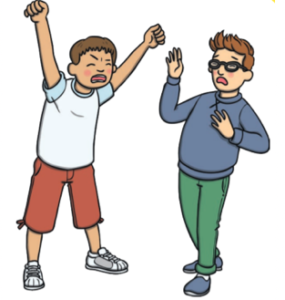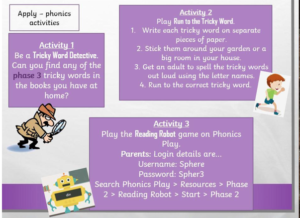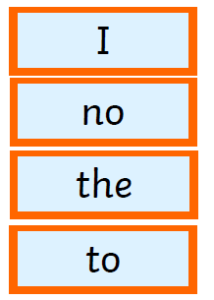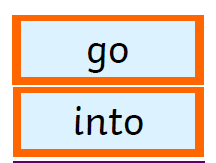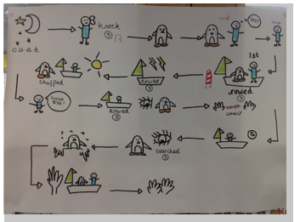Week commencing 25 January 2021: home learning
Hello Reception
Well done – you have done so much learning so far.
This week, you will be learning about one of my favourite books.
Here is your learning – stay happy and healthy!
| Monday
|
Book of the week- Watch the Gruffalo or read the book if you have it at home.
Questions to discuss- 1. How does the mouse feel when he sets of on his journey through the woods? 2. Do you think the mouse likes the other animals: owl, fox and snake? 3. Why do you think the mouse tells the other animals he is going to have tea with the Gruffalo? 4. Do you think the Gruffalo is afraid of the mouse? |
| Phonics- qu
Click here to watch today’s phonics video Activity 1: Have a go at reading this sentence. Did you spot today’s new phoneme? Activity 2: Can you work out the missing phonemes for these ‘qu’ words? Write the words in a list. |
|
| Maths- Number 7
Click here to watch today’s maths video. |
|
| Tuesday | Phonics- ch
Click here to watch today’s phonics video Activity 1: Write the words to match these pictures. You could print these phoneme frames, or draw your own. Parents: If you are unsure, click here to view the words. Activity 2: Have a go at writing this sentence. Parents: Read the sentence aloud. |
| Math – Number 7
Click here to watch today’s maths video. |
|
| Wednesday | Phonics- sh
Click here to watch today’s phonics video Activity 1: Have a go at writing this sentence. Parents: Read the sentence aloud. |
| Maths- Number 7
Click here to watch today’s maths video. |
|
| Thursday | Phonics- Tricky words – was
Click here to watch today’s phonics video |
| Maths- Click here to watch today’s video.
Activity 1: Play ‘Guess the Shape’ with an adult. Describe a shape, remembering to say how many sides and corners it has and to be specific, e.g. “It has 4 sides. It has 4 corners. It has 4 equal sides.” See who can guess the most shapes correctly. Activity 2: Go on a 2d shape hunt around your house. What 2d shapes might you find? If you have access to electronic device, take photos of the shapes you find. |
|
| Friday | Understanding the World with Professor Myers – RSPB Bird watching
Click here to watch this week’s video with Professor Myers. Activity 2: Follow these instructions and make an apple bird feeder.
|
| Story time- Veggies Assemble
Click here to watch today’s story read by Miss Marsden. Sit back, relax and enjoy the story. 2. Why did Supertato blush at the end? 3. Who helped Supertato to get free? 4. How did Supertato call for help? 5. Why couldn’t we hear what the evil pea was saying when Supertato captured him?
|
Story Link activities to select throughout the week
Literacy
Can you write a recipe for Gruffalo Crumble? Write a list of all of the ingredients you will need. Think about the things that the mousemight find in a deep dark wood.

Can you make a sign to warn people about the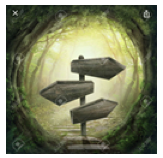 Gruffalo ? What would you write on your sign? Think of some interesting warning words.
Gruffalo ? What would you write on your sign? Think of some interesting warning words.
Can you draw and label a map of the mouse’s journey through the deep dark wood? Who did he meet first in the story? Where did he find the owl?
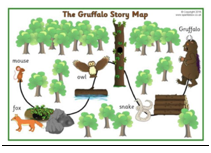
Understanding the World
Find out about owls and some other birds of prey by watching Andy’s Secret Hideout.
Can you find out some more interesting facts about owls?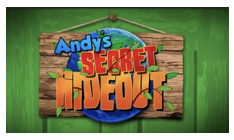
Do you have any dried spaghetti at home? How does it feel, is it hard or soft? Adults could you cook the pasta and watch it with your child. Talk about the changes. How does it feel once it has been cooked?

Now you have your own bowl of scrambled snake to enjoy.
Expressive Arts and Design
Can you make a Gruffalo or a mouse headband? Use some paper and sellotape then colour it in. You could then act out the story. Are you going to be the mouse or the Gruffalo?


Physical Development
Using your fiddly fingers thread some tubes of pasta onto a piece of string, ribbon or an old shoelace. Can you add on eyes and make your snake slither around?
If you haven’t got any pasta you could make a paper chain snake or cut out a spiral snake from some paper.

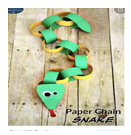

Cosmic yoga – Here is a cosmic yoga video that links toowls. It tells the story of Tallulah the owlet. We really enjoy cosmic yoga at school and we hope that you do at home too.
https://www.youtube.com/watch?v=2aje33UPixE&t=552

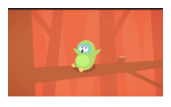
Online Gruffalo Activities
Click here and play some Gruffalo games.
 Monster maker – make your own Gruffalo – choose your own face, body and legs. What would you call the new Gruffalo? If you have access to a printer you can print it out and colour it in.
Monster maker – make your own Gruffalo – choose your own face, body and legs. What would you call the new Gruffalo? If you have access to a printer you can print it out and colour it in.
Hide and Seek – play the matching game with the Gruffalocards.
Menu matcher – is ashort quiz about the Gruffalo story.
Home Learning Heroes!
Hi everyone! I hope you are all doing well.
It’s the second week of our new style of home learning – check out the work from our Home Learning Heroes this week!
Scroll down to see these different pieces of our home learning from this week. Can you find your home learning? Can you find a friend’s home learning?
Come back every Friday to check out some of the work Y3 have been doing that week at home.
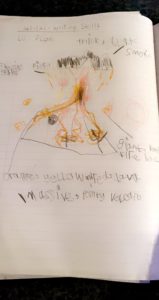
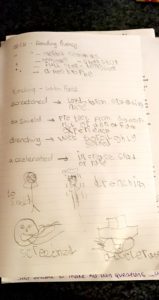
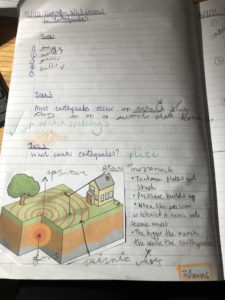
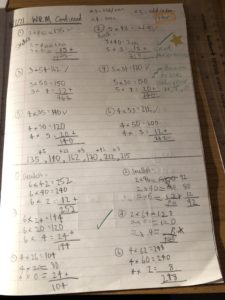
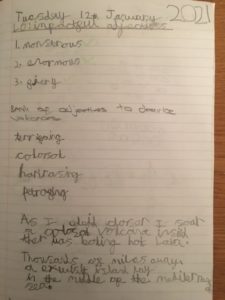
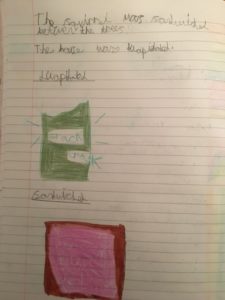
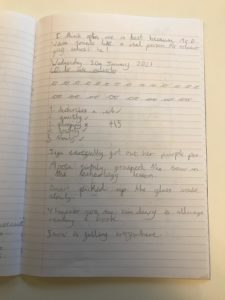
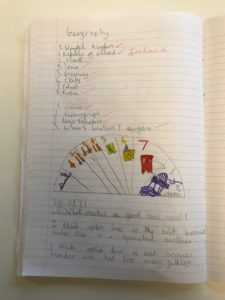
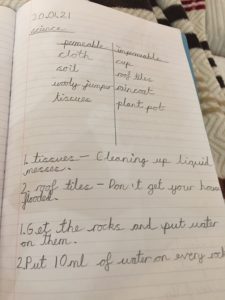
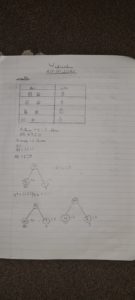
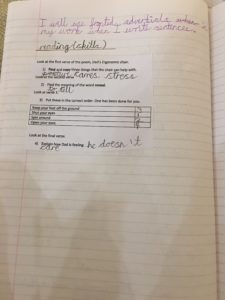


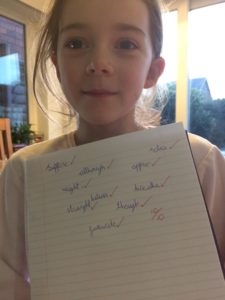
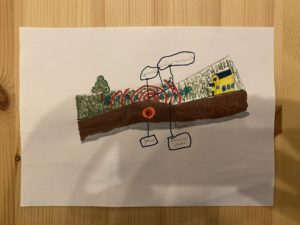
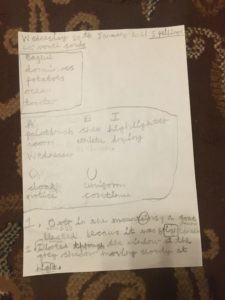
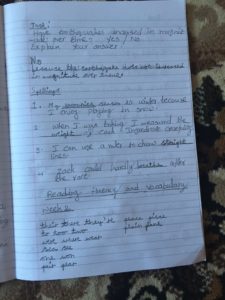
Some great learning this week and it’s lovely seeing so many of you on the daily Zoom sessions with such enthusiasm about our learning. Keep it up!
If your work hasn’t been featured on this week’s Home Learning Heroes, please send your home learning to me: oliwain@spherefederation.org
Mr Wain
Our learning
Hello, everyone.
You have all been doing some amazing learning at home and in school.
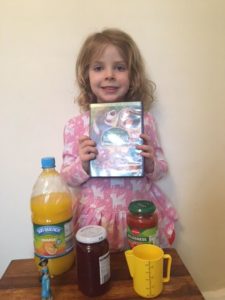
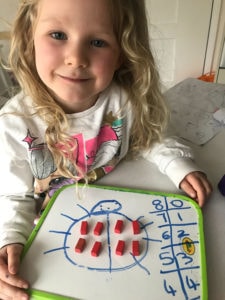

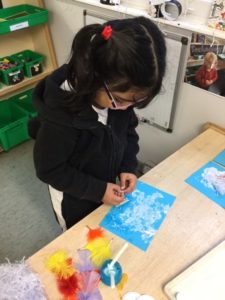
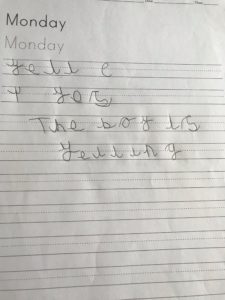
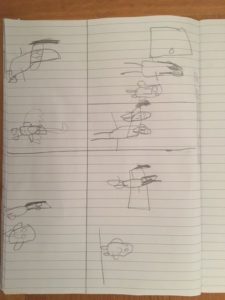

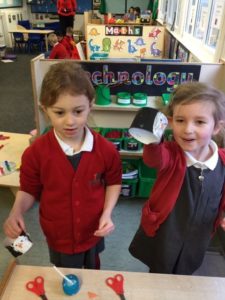
Zoom sessions
Next week the children who are learning from home will be invited to a zoom session with their teacher. This zoom session will be with a group of children from their class. You will find the focus of the zoom session on the website each Friday. Sometimes your child will need to bring something along with them. Your child does not have to join in with these zooms, they are optional. Unfortunately the timings of these zooms cannot be changed as most teachers are teaching in school.
Look out for the link to your child’s zoom which will be sent via email on a Friday.
Keep sending me photos of your learning and we are looking forward to seeing you all soon.
moortowneyfs@spherefederation.org
Home Learning Heroes
Over the second week of our new style of home learning, it was brilliant to receive some pictures of what you guys have been up to!
Take a look at some of the fantastic learning…
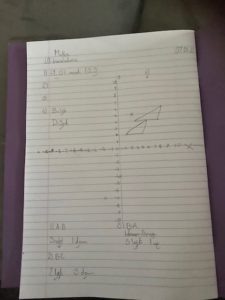
There’s been some excellently presented maths!

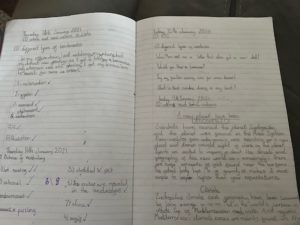
There’s been some fantastic writing including planning!


There’s been some excellent science learning! Can you guess what is being shown using coins?
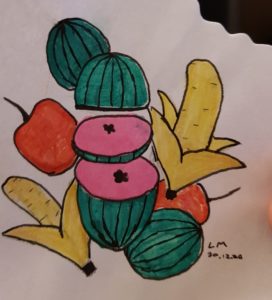
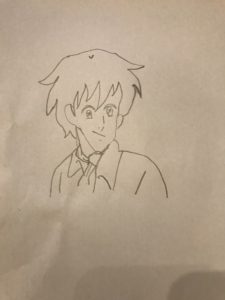
There’s been some amazing art! It’s great to see people looking after themselves, whether that’s using art to be mindful…
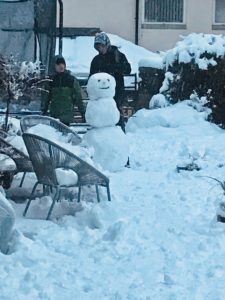
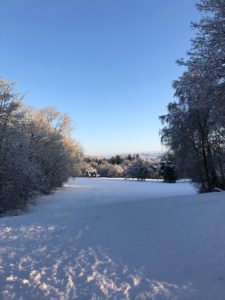
…or getting outside and looking after yourself physically, too!
As always, thanks so much for working so hard and for being so adaptable. You guys rock!
Superstar learners
All the Year 1 adults are very proud of all the children learning at home and learning at school at the moment. We miss not being together but we hope you are safe and well at home. The daily Zoom calls are a great way for the children to see their friends. Please ask if you need the joining instructions.
We always enjoy seeing the work sent in from home. Please continue to send this to us (carolinetaylor@spherefederation.org and jackiefreeman@spherefederation.org) and keep looking on the class news page.
Well done to Rico for getting the first Lexia certificate of this lockdown. Who will be next?

Aliza the scientist
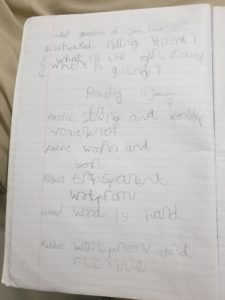
Working hard at home

Great science learning, Rico
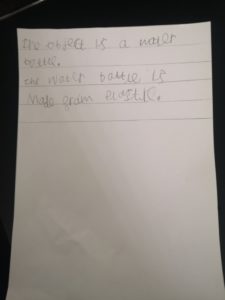
Great spelling, Daman.
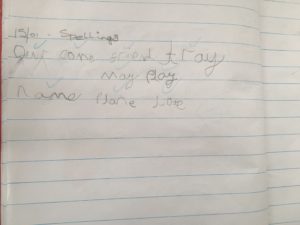
Super questions and science learning

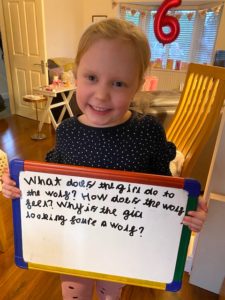
Ibrahim the geographer
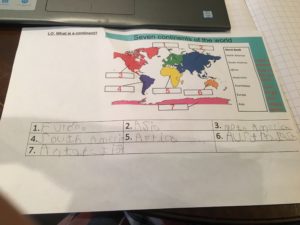
Lots of fun in the snow.
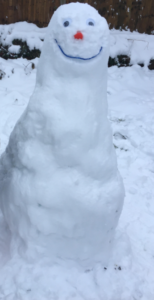
Home Learning Heroes!
Hi everyone! I hope you are all doing well.
Welcome to our first Home Learning Heroes post in Y3!
Scroll down to see different pieces of our home learning from this week. Can you find your home learning? Can you find a friend’s home learning?
Come back every Friday to check out some of the work Y3 have been doing that week at home.

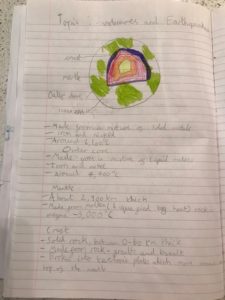
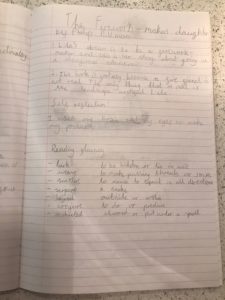
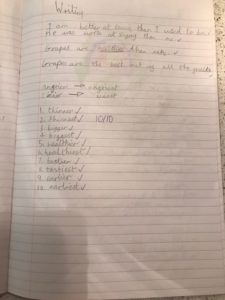
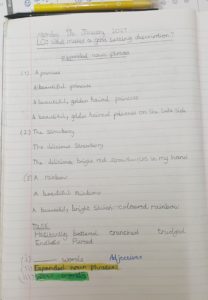
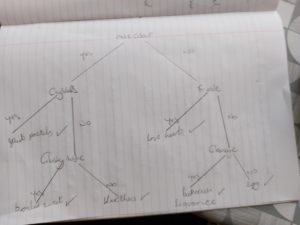

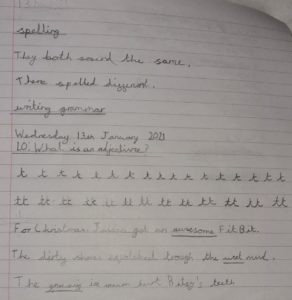

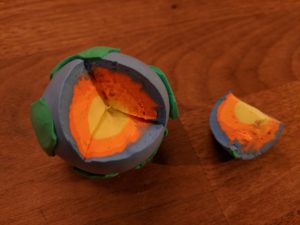
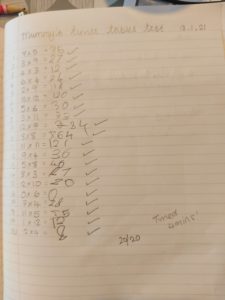
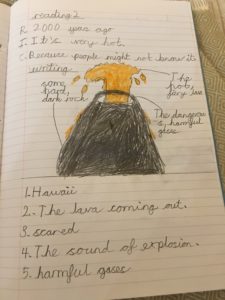
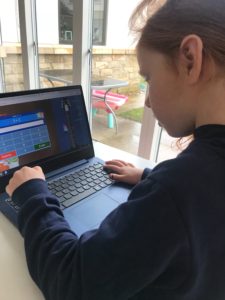
Well done to everybody for their amazing attitude towards their learning and wellbeing! Keep it up.
If your work hasn’t been featured on this week’s Home Learning Heroes, please send your home learning to me: oliwain@spherefederation.org
Mr Wain
Week commencing 18 January 2021: home learning
Hello everyone
Snow again! I hope you have been out enjoying the snow (don’t throw snowballs at your parents!)
Here is your learning for this week:
| Monday
|
Book of the week- Watch the story SUPERTATO or read the book if you have it at home.
Questions to discuss- Where is the story set? Who are the main characters in the story? What fruit and vegetables do you like to eat? Why is it important to eat fruit and vegetables?
|
| Phonics- x
Click here to watch today’s phonics video Activity 1: Write a word, caption or sentence to match the picture.
Activity 2: Go to phonicsbloom.com. Choose phase 2 games. Play: Fishy Phonics |
|
| Maths- White Rose Maths: Growing 6,7,8!
Click here to be taken to the correct web page. Choose Session 1 Activity: Click here for today’s activity.
|
|
| Tuesday | Phonics- y
Click here to watch today’s phonics video Activity 1: Write a caption or word to match the picture. Activity 2: Here is the link to PhonicsPlay – click here Select phase 3 then +y. |
| Maths- White Rose Maths: Growing 6,7,8!
Click here to be taken to the correct web page. Choose Session 2 Activity: Click here for today’s activity.
|
|
| Wednesday | Phonics- z/zz
Click here to watch today’s phonics video Activity 1: Be a ‘z’ detective! Can you find anything (or anyone) in your house, that has the initial or ending sound ‘z’?
|
| Maths- White Rose Maths: Growing 6,7,8!
Click here to be taken to the correct web page. Choose Session 3 Activity: Click here for today’s activity.
|
|
| Thursday | Phonics- Tricky words
Click here to watch today’s phonics video
|
| Maths- White Rose Maths: Growing 6,7,8!
Click here to be taken to the correct web page. Choose Session 4 Activity: Click here for today’s activity.
|
|
| Friday | Understanding the World with Professor Myers; – Keeping warm in winter
Click here to watch this week’s video with Professor Myers. Can you design an outfit to keep Professor Myers warm when she goes out for her winter walks? Can you think of some ways of moving to keep warm when it’s cold outside? Which one worked best?
|
| Story time- Superworm
Click here to watch today’s story. Questions to discuss- How did Superworm’s friends save him? How many different ways is Superworm used in the story? Superworm finds lots of ways to help his friends. How can you be kind and helpful to others?
|
Story Link activities to select throughout the week
Literacy
- Design and label your own character to match the story. You may choose to draw, paint or use real vegetables.
- Pick a character to draw and add a speech bubble. What are they saying?
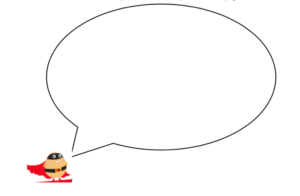
Understanding the World
- Find some fruits and vegetables around your house. Sort them into different groups.
You might sort by colour, size or texture.
- If you have frozen peas in your freezer have a look at them in their frozen
state. Feel them, what do they feel like? Watch them defrost. How long does it take?
Does it defrost more quickly in different places around your house?
Expressive Arts and Design
- Draw a vegetable.
Use your own imagination or this drawing tutorial.
- Use a mash potato masher to make some super art.
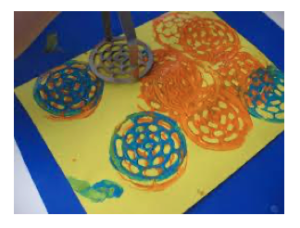
Physical Development
How many pieces did you cut?
|
.
Week commencing 11 January 2021:Home learning
Hi, everyone!
I hope you are enjoying this snowy weather and keeping warm!
Here is your learning for this week.
| Monday
|
Book of the week- Watch the story Lost and Found or read the book if you have it at home.
https://www.youtube.com/watch?v=cRAAQ8EWzig Questions to discuss- How is the boy feeling when the penguin first arrives at his door? Why does the penguin follow the boy? What does he want? The penguin was lonely… What does it mean to be lonely? How can we help others when they are feeling lonely? What can we do when we feel lonely ourselves? |
| Phonics- j
Click here to watch today’s phonics video Activity 1: Be a ‘j’ detective! Can you find anything (or anyone) in your house, that has the initial sound ‘j’? Activity 2: Take turns with an adult to play ‘Roll and Read’ (j focus) click here to either print the word mat, or view it on screen. You will need a die or to draw 1-6 dots on 6 pieces of paper and draw at random from a bag. 1. Roll the dice Match to the correct row. Choose a word on the row and read it aloud. |
|
| Maths- White Rose Maths: Alive in 5!- Week 2.
Click here to be taken to the correct web page. Choose Session 1 Activity: Click here for today’s activity. Encourage your child to speak in full sentences when describing the number composition, for example: “There are three frogs in the pond and there are two frogs on the grass. There are 5 frogs altogether” or “There are 4 toys on the bed and there is one toy on the floor. There are 5 toys altogether” |
|
| Tuesday | Phonics- v
Click here to watch today’s phonics video Activity 1: Be a ‘v’ detective! Can you find anything (or anyone) in your house, that has the initial sound ‘v’? Activity 2: Here is the link to ‘fishy phonics’ on the Phonics Bloom website- click here Select phase 2, set 5. Try the hard level initially, change to easy if this is a bit tricky. |
| Maths- Click here to be taken to the correct web page. Choose Session 2
Activity: Click here for today’s activity. |
|
| Wednesday | Phonics- w
Click here to watch today’s phonics video Activity 1: Be a ‘w’ detective! Can you find anything (or anyone) in your house, that has the initial sound ‘w’? Activity 2: Write ‘yes’ and ‘no on two separate pieces of paper and put them at either side of the room. Ask your child to read these questions (click here) one at a time and then run to either the yes or the no answer. Encourage your child to point to each word on the screen as they read the question. |
| Maths- Click here to be taken to the correct web page. Choose Session 3
Activity: Click here for today’s activity. If you do not have a printer, draw 5 of anything you like on a piece of paper and cut them out. This will work just as well for the activity! Click here for this week’s word list. Remember to use your phonic fingers to blend. |
|
| Thursday | Phonics- Tricky words he/she
Click here to watch today’s phonics video Activity 1: Be a Tricky Word Detective! Can you find any tricky words in the books you have at home? Activity 2: Write a sentence using one of the new tricky words. Steps to writing a successful sentence… 1.Think of a sentence. 2. Say the sentence out loud. 3. Count the words in your sentence. 4. Use your phoneme fingers to segment every word. 5. Check your sentence makes sense. 6. Have you remembered a capital letter at the start, finger spaces throughout and a full stop at the end? Activity 3: Rainbow writing tricky words- use a variety of colours to practice writing all of the phase 2 tricky words.
|
| Maths- Click here to be taken to the correct web page. Choose Session 4
Activity: Click here for today’s activity. |
|
| Friday | Understanding the World with Professor Myers; Exploring Ice-
Click here to watch this week’s video with Professor Myers. -Can you carry out the ice experiments in the video from Professor Myers? Remember to make some predictions about what you think will happen first. -Can you draw and label a picture to show what you did? |
| Story time- Stickman with Mrs Burgess
Can you find the rhyming words in the story? What is Stickman made from? Go on a scavenger hunt outside. Bring back sticks, leaves, seeds or whatever you can find and make a stickperson. Stickman lives with his family. Draw a picture of your family. Story Link activities to select throughout the week Literacy Make a story map of the key events in the story Lost and Found. We practice creating these lots in class.
Sometimes, when people lose a pet, they put up posters to help find them again. Can you make a ‘lost’ poster for the Penguin in Lost and Found. Don’t forget to add lots of details describing the penguin, so that the reader knows what to look out for. What does the penguin look like? What colour is it? How big is it? The story doesn’t have any speech in it. Ask your grown up to draw out a speech bubble and pretend you are the boy from the story (perhaps you could draw him next to the speech bubble) Have a go at writing what you think he might have said when he first met the penguin. A writing reminder How did your child find the writing activity? Remember it’s okay for things to be spelt phonetically. It is important that your child grows into an independent learner. Encouraging your child to write the words as they sound rather than always spelling them correctly. We encourage the children to use their own skills, rather than copying an adult. Understanding the World Spend some time watching the penguins at Edinburgh Zoo: https://www.edinburghzoo.org.uk/webcams/penguin-cam/ What do you notice about them? How do they move? (perhaps you can walk like a penguin too!) Do they like to be alone or in groups? Do they live on land, in the water, or both? These penguins are in a zoo. Where can we find penguins in the wild? Ask an adult to help you find this information in a book or by using the internet. Expressive Arts and Design Build a boat for your toys! You could use any construction toys you have at home (such as lego, duplo) natural or found objects outside, or recycled food packaging. Perhaps you could tell a story about an adventure your toys go on in their brand new boat! Make a ‘Paper Roll Penguin’ You could follow this guide or, if you do not have coloured paper, create your own version using plain paper, the paper roll and colouring pens or pencils!
Physical Development Get Moving! Join in with this Jack Hartman Penguin Dance: video https://www.youtube.com/watch?v=uf0uKmKwnKs Did you know… ‘PE with Joe’ is back? Joe Wicks is hosting his live PE sessions again from Monday 11th January 2021, 3 times a week (Monday, Wednesday, Friday at 9am) You can subscribe to his channel here for alerts. A great way to keep fit at home!
Have fun this week and don’t forget to send me photos of your learning. moortowneyfs@spherefederation.org
|
08 January 2021:Home learning
Hello, Reception.
I hope you have enjoyed the learning activities this week.
This is what you can expect to see on your child’s class news page each week during lockdown.
The learning for week beginning 11.01.21 will be posted on Sunday 10.01.21. All subsequent weeks will be posted on a Friday evening.
As teachers are also teaching our key worker children in school, these videos may not be from your child’s teacher. However, every Friday the children will be able to enjoy a story read by an adult from their class.
Each week a menu of activities will be presented that can be completed during the week. This menu will relate to the book of the week. The activities will cover all aspects of the Early Years curriculum. There will also be the following screencasts and videos.
| Monday | Phonics screencast with follow up activities.
Maths screencast with follow up activities |
| Tuesday | Phonics screencast with follow up activities.
Maths screencast with follow up activities |
| Wednesday | Phonics screencast with follow up activities.
Maths screencast with follow up activities |
| Thursday | A tricky word screencast with follow up activities
Maths screencast with follow up activities |
| Friday | An Understanding the World video with “ Professor Myers” with follow up activities
A story read by one of your child’s teachers with talk time activities. |
As always your child’s teachers will be available via email for any questions. We will also endeavor contact you by phone once per week, just to check in with you.
Here are today’s activities:
Phonics
Practise the phase 2 phonemes.
(This is a YouTube link. Top tip for watching YouTube with your child: go to the settings cog along the play bar and turn off autoplay – this avoids an inappropriate clip coming up automatically, and helps to discourage your child from passively watching clip after clip.)
Read the words and draw a picture to match the captions.

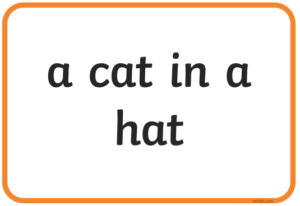

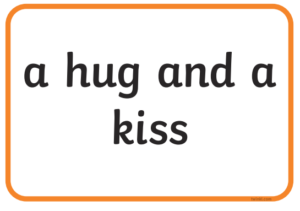
Don’t forget there are some really good games on Phonicsplay
username: sphere
password: spher3
Maths

Practise writing number 5.
![]()
Don’t forget Numbots.
Art

Have a great weekend. Don’t forget to send me photos of your home learning.
A message for Year 1
Hello Year 1. We’re sorry we can’t see you all back in school right now but here’s a quick update from Mrs Taylor.
Email us (carolinetaylor@spherefederation.org and jackiefreeman@spherefederation.org) if you have any questions.

